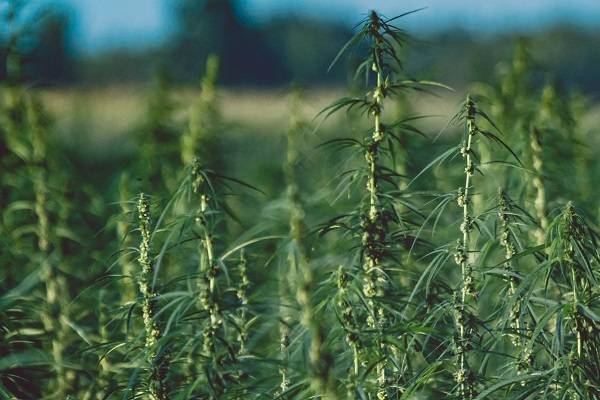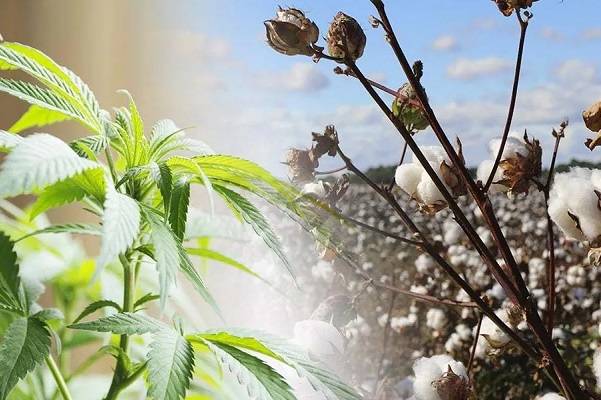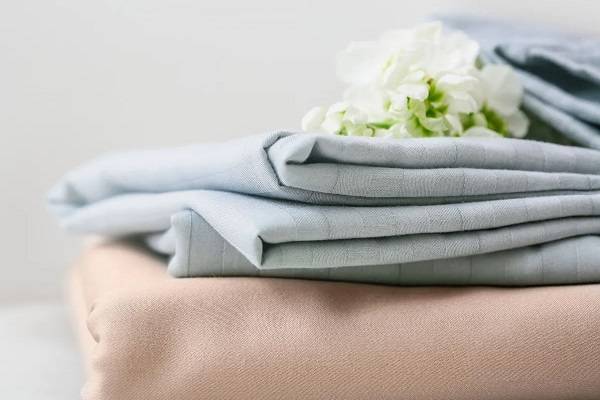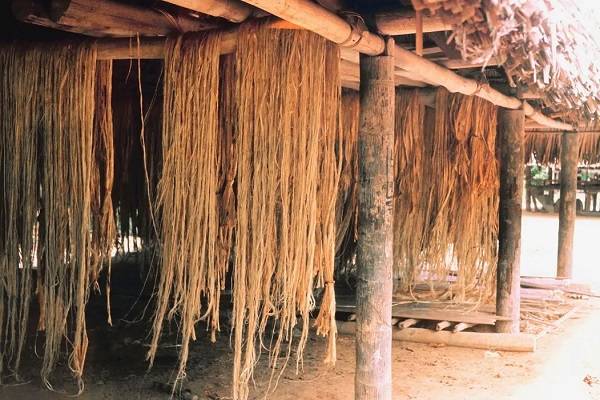Hemp vs. Jute: Analyzing the Differences Between the Two Natural Fibers for Greener Future
Is Jute Hemp? How What is Jute Made Of? Read About The Key Features To Discover How Hemp Outperforms Jute
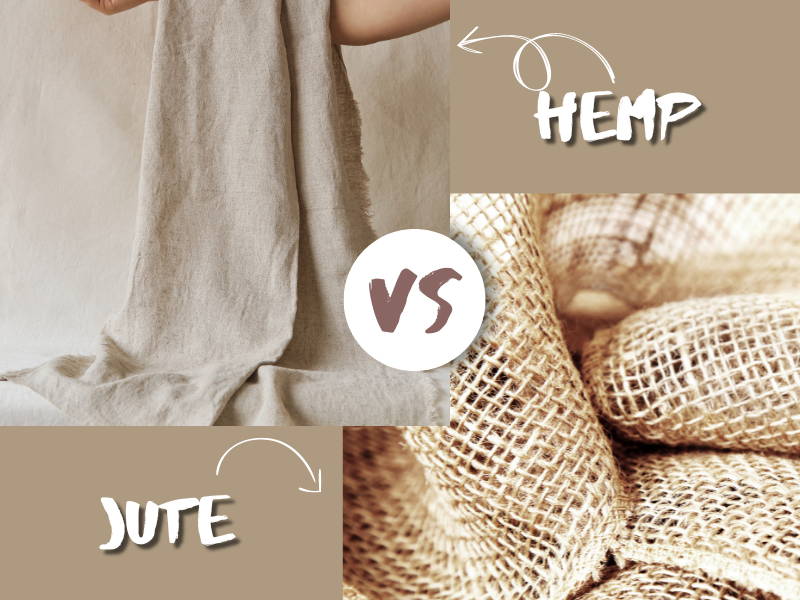
Innovation & Quality
Developing and supplying premium-quality, sustainably grown, consumer products
100% Natural
Organically Grown and Ethically Sourced
hemp and other natural fiber products
Shipping
We offer fast shipping
Your order out within 1-3 days
Wholesale
Visit our wholesale portal to register or login to your account
In recent years, consumers are becoming more and more aware of the materials used to create clothing, accessories, home décor, household items, craft pieces etc. Materials that have since emerged as the most environmentally friendly are hemp, organic cotton, jute, and linen, among others. Today, hemp and jute are two of the most widely used natural fibers in the world. They are both eco-friendly, recyclable, compostable, and biodegradable.
Table Of Contents
1. What is hemp?
2. What is jute?
3. The origins of hemp and jute fibers
4. Jute VS hemp: key features comparison
5. Sustainability and eco-friendliness
6. Home décor and craft ropes: why hemp rope is better option than jute
7. Hemp VS jute: products and applications
8. Take away: hemp as a small plant with huge divergent advantages
Hemptique: Highest-Quality Hemp Cords, Fashion and Apparel
For more than 25 years, Hemptique has been offering premium quality hemp goods for individuals, distributors, wholesalers, and retail. We are one of the major suppliers of products made of 100% natural, biodegradable, and sustainably grown hemp. Our selection includes ethically sourced clothing, accessories (kitchen and bath), cords, twine, yarns, ropes, hats, and bags. Our company’s mission is to maintain the highest standards of quality and promote eco-conscious manufacturing and living. Hemptique nourishes long-lasting relationships with clients from all over the world by guaranteeing superior products, integrity, and highly customizable ordering options. If you are interested in finding more about our brand and products, do not hesitate to contact us. You can also apply for a wholesale account. Reach out to us if you want to contribute to a better, cleaner, and more sustainable future.
What Is Hemp?
Industrial hemp, also known as Cannabis sativa, originates from Central Asia. Its long fiber is one of the most durable natural fibers, and it is rarely treated with chemicals or bleach. Its natural color is in the shades of yellow, green, brown, or gray. Due to its incredible strength, it has been used to make a wide array of cords, like yarn, twine, string, or rope. These super fibers can be used to make textiles for apparel and shoes. Since it is eco-friendly and biodegradable, and with the help of innovative technologies, its applications are becoming more versatile than ever.
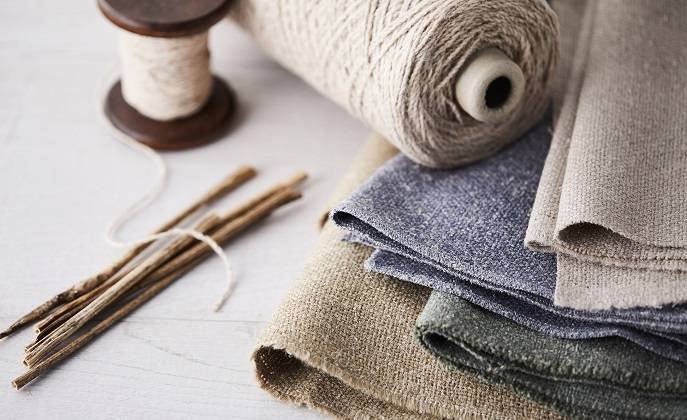
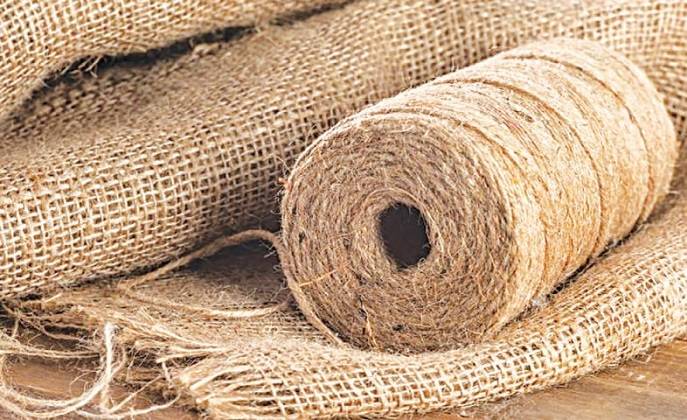
What is Jute Made Of?
Jute is a common name for a natural fiber derived from the bark of the jute plant, belonging to the genus Corchorus, family Tiliaceae. It is also known under the name of ‘golden fiber’, because of its resemblance in color and affordability.
The Origins Of Hemp And Jute Fibers
Jute
The origins of jute date back to 3000 BC and the civilizations of Asia and Africa. Throughout history, jute has been used to make textiles, food, clothing, household commodities, ropes, and commercial items. Nowadays, jute is mostly grown in Southern Asia and Africa, but its use originates from Ancient Egypt. Its fibers are typically spun into coarse and durable threads to make burlap, rope, twine, rugs, and various craft items.
Hemp
Industrial hemp has been used for several thousand years and has recently become increasingly popular again due to its phenomenal eco-friendly characteristics. For centuries Cannabis Sativa plant has been used to produce various items, from rope, sails, and textiles, to fishing nets, hemp paper, building materials, and shoes. In addition, it has been used for its medicinal benefits. Hence, hemp got its nickname ‘super plant.’
Jute VS Hemp: Key Features Comparison
Both fibers have amazing properties and are a terrific substitute to synthetic materials. Here is an overview of the main attributes:
Strength
Both plants are known to be remarkably strong when compared to other materials that exist on the market today. And although they are very similar in strength, hemp surpasses jute in this area. While median tensile strength of industrial hemp is 250 MPa (one MPa = one million pascals), jute is at 200 MPa. This is the reason why hemp is used to manufacture building materials and sturdier products requiring solidity and firmness.
Fire Resistance
By its nature, hemp is fire-resistant, making it a better material for items where resistance from fire is required like craft rope used for décor around the home. Jute, on the other hand, does not have such an effective fireproof property, so it is recommended to go with Cannabis sativa fiber instead.
Durability
Hemp is well known for its incredible durability, which is why it is perfect for manufacturing craft ropes, cords, and canvases. Jute, however, is not as strong or as durable, which makes it more likely to deteriorate over time.
Pest Resistance
Another area where industrial hemp outshines jute is pest resistance. Compared to jute, it is less sensitive to pests and insects. When exposed to pathogens or diseases, it is less likely that it’s fiber will deteriorate or become damaged structurally. This is the reason why it is used to make products such as sacks or canvas fabric. For applications where susceptibility to pests is important, it is better to skip jute and go with hemp.
Flexibility And Elasticity
When comparing these two fibers, jute seems to be slightly more flexible and pliable. Regardless, both materials are used to make clothing and other items requiring flexibility and elasticity. It is worth mentioning that the more hemp garments are washed, the more they become softer and flexible. The flexibility increases with continuous use.
Shape Retention Characteristics
If you are looking for material that will hold its shape better and stand up to years of use, go with industrial hemp instead of jute. It’s shape retention attributes make it suitable for making products like upholstery, clothing, or DIY crafts.
Hypoallergenic And Antibacterial Properties
Since it is not susceptible to mold, mildew or fungus growth, industrial hemp will not cause allergies, making it safe for use even for individuals with sensitive skin or allergy problems. As jute is more prone to mold and mildew growth, and it’s hypoallergenic and antibacterial properties are not as effective, try avoiding using it for products and items that will come into contact with skin.
Thermal Insulation
Because it has hollow fibers, industrial hemp is great as a natural insulator. It will keep you warm even when the weather is cool, as it retains heat better. Thanks to its remarkable thermal conductivity, it is one of the best natural thermal insulation building materials on the market today, which is used in residential and commercial construction. Since jute is not such a good thermal conductor, it is not as appropriate to be used as natural home insulation material.
Moisture Retention
Hemp has far better absorbing properties than jute, which is why it is suitable for use in moist environments or wet applications (canvas, sacks, garden or craft ropes). You should avoid using jute in wet conditions as it can damage and weaken the threads faster.
The Cost
As it is less durable and versatile, jute tends to be less expensive. Because it is widely available, it tends to be a more affordable solution for a variety of applications.
Sustainability And Eco-Friendliness
When it comes to environmental impact, both fibers have exceptional sustainable qualities. They are both biodegradable and use less water when cultivated. Furthermore, they can be cultivated without the use of harmful pesticides and herbicides, thus protecting and maintaining a healthy ecosystem.
However, industrial hemp is a more sustainable option than jute, thanks to the following earth-friendly qualities:
Improving Soil Quality
Soil erosion can cause all sorts of problems with the existing eco system, including things like clogged waterways, declined fertility of the soil, and organic matter loss. Hemp’s naturally deep roots enrich the ground it grows in. It helps aerate and bind the soil together, which prevents erosion.
Soil Decontamination
Hemp can help regenerate polluted soil by absorbing toxins and increasing microbial activity. It can also efficiently purify the soil which is contaminated with heavy metals. Additionally, it can be grown in what is considered infertile land for most crops.
Ecological Footprint
Hemp has far lower ecological impact as it produces less waste and pollution, so its ecological footprint is small. All parts of the plant, including roots, flowers, leaves, and stems, can be used to make a wide range of products. The leaves and flowers, for instance, can be used to make animal feed, tea, bedding, or compost. The fiber from stalks is excellent for manufacturing ropes, fabrics, paper, and clothing. Inner core is made into building materials and biodegradable plastic. Hemp roots have medicinal attributes, while seeds are made into oil, food, fuel, ink, paint, and so on.
Home Décor And Craft Ropes: Why Hemp Rope Is Better Option Than Jute
Generally, both of these plants are great for making different kinds of cordage and ropes used for landscaping, garden, food preparation, outdoor usage, and so on.
Below are the reasons why you should choose hemp rope over jute:
Exceptionally strong and durable
- Excellent shape and color retention
- Hypoallergenic
- Water absorbency
- Antibacterial and antimicrobial features
- Extra resistant to abrasion and piling
- Effective in blocking UV-A and UV-B rays
- Thermoregulation
- Sustainable and biodegradable
- Mold and mildew resistant
Hemp VS Jute: Products and Application
While these two plants have lots of similarities, there are some differences which determine the applications. Take a look at how these two plants of the future are used today.
Industrial Hemp
Throughout history, industrial hemp has been used to make countless products for various usages, from fishing, and sailing, to food, construction, and aerospace industry. The number of consumers opting for hemp-based products is growing every day, because of its superior features and longevity. Some of the thousands of items that can be produced using hemp are:
- Ropes and cords
- Paper
- Apparel and shoes
- Accessories
- Fabric and upholstery
- Garden twine
- Bioplastics and biofuel
- Building material
- Animal feed
- Beauty and medicinal products
- Furniture
Jute
Jute fiber, also known as raw jute, can be utilized to manufacture a wide array of products and is in high demand because the price is budget friendly, plus it has good qualities.
Some of the applications include:
- Packaging (burlap produce bags and sacks)
- Rope
- Fabric
- Composite materials
- Clothing (fabric blends)
- Accessories
Take Away: Hemp As A Small Plant With Huge Divergent Advantages
Industrial hemp and jute are highly versatile fibers with attributes worthy of the greener and better future. In recent years, all kinds of industries are switching to more sustainable materials, derived from nature, which have exceptional strength and durability. In case you need new furniture, clothing, paper, household items, or simply a rope for your crafts, choose 100% natural and biodegradable materials such as hemp. Although these two materials are quite similar in properties, hemp stands out in a number of critical areas. It will stand the test of time and you will be amazed at its extraordinary features. When you add its eco-friendly qualities into the mix, you can rest assured you made the right choice not only for your needs but also for planet Earth.



